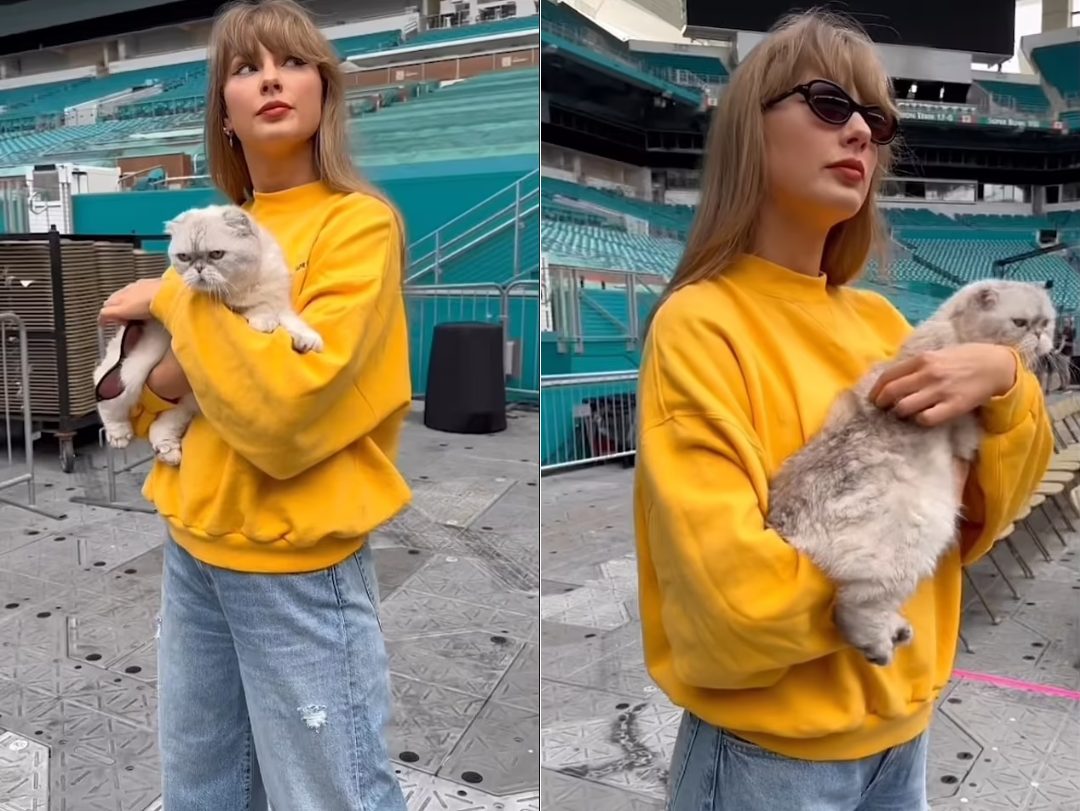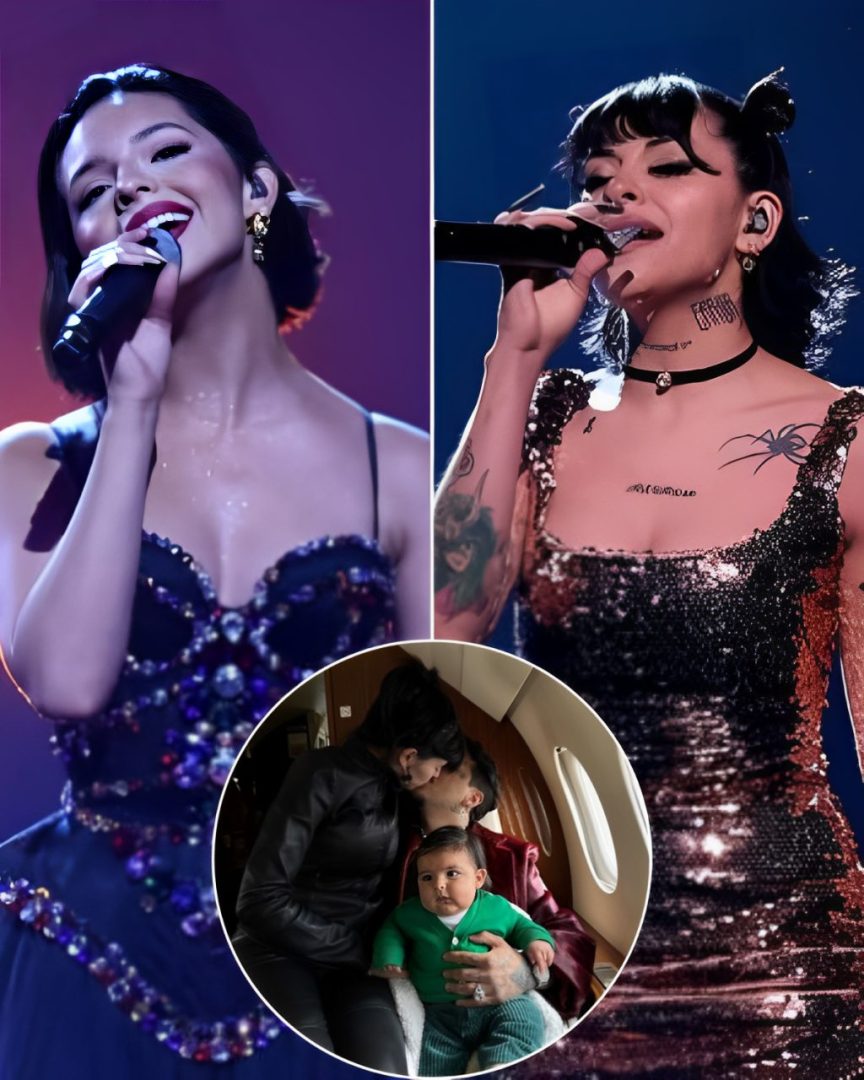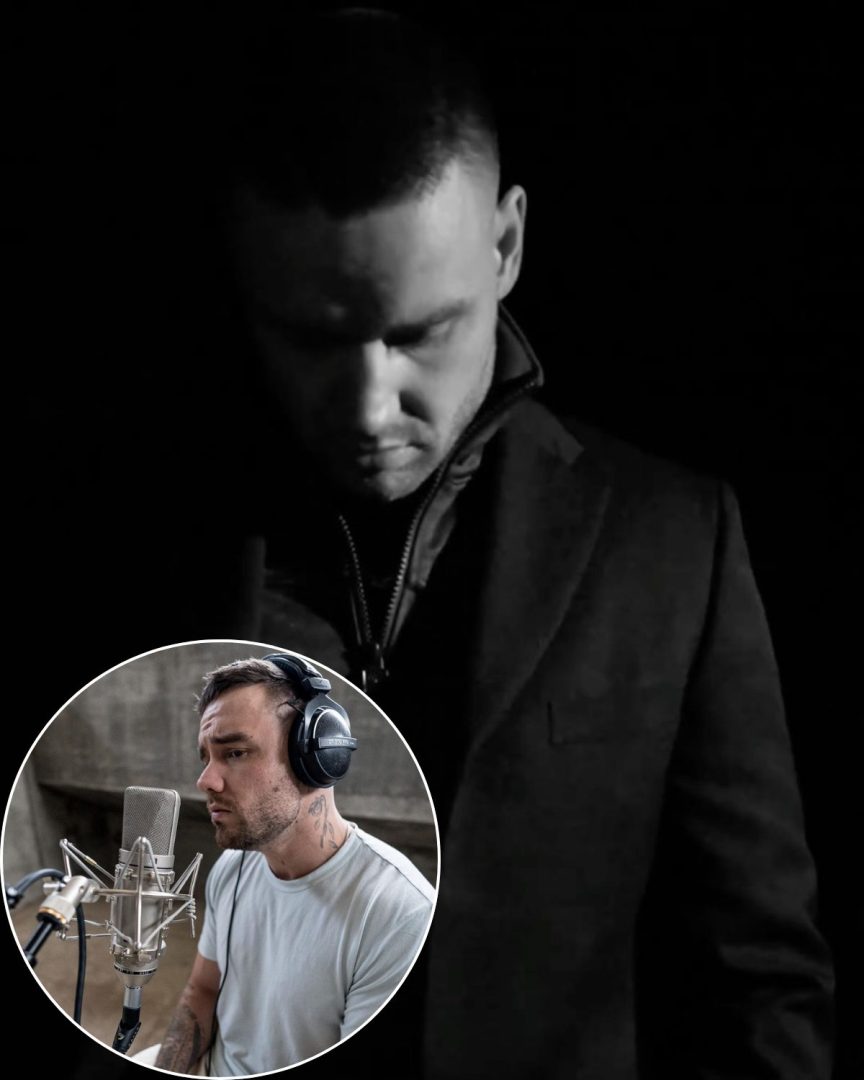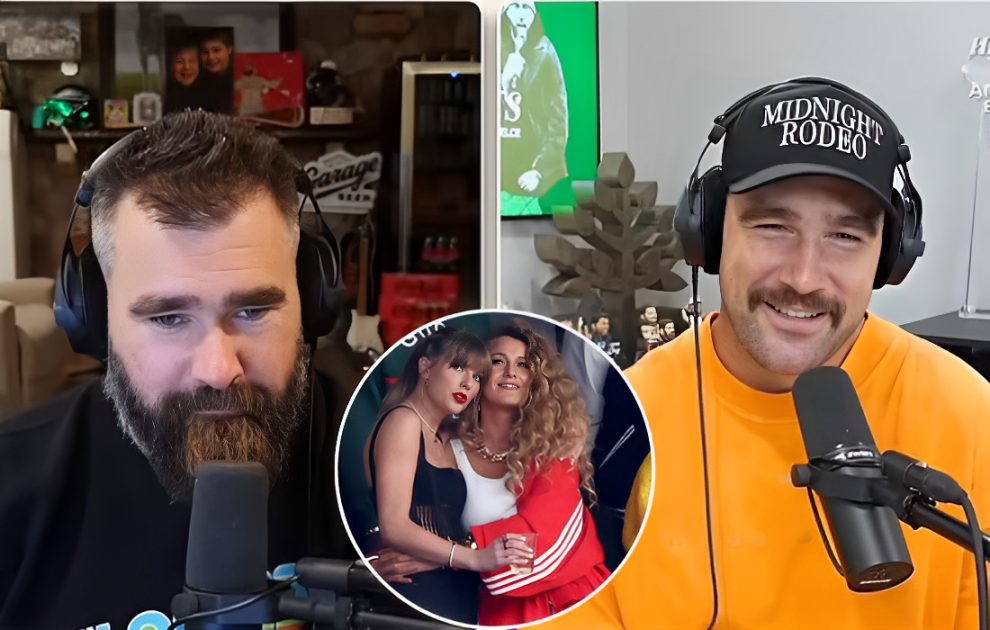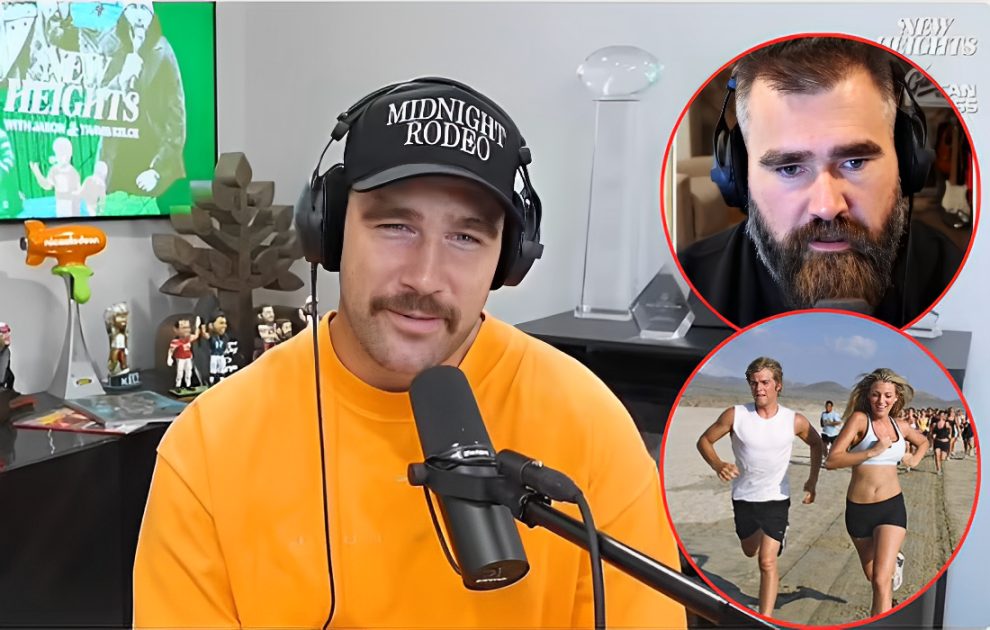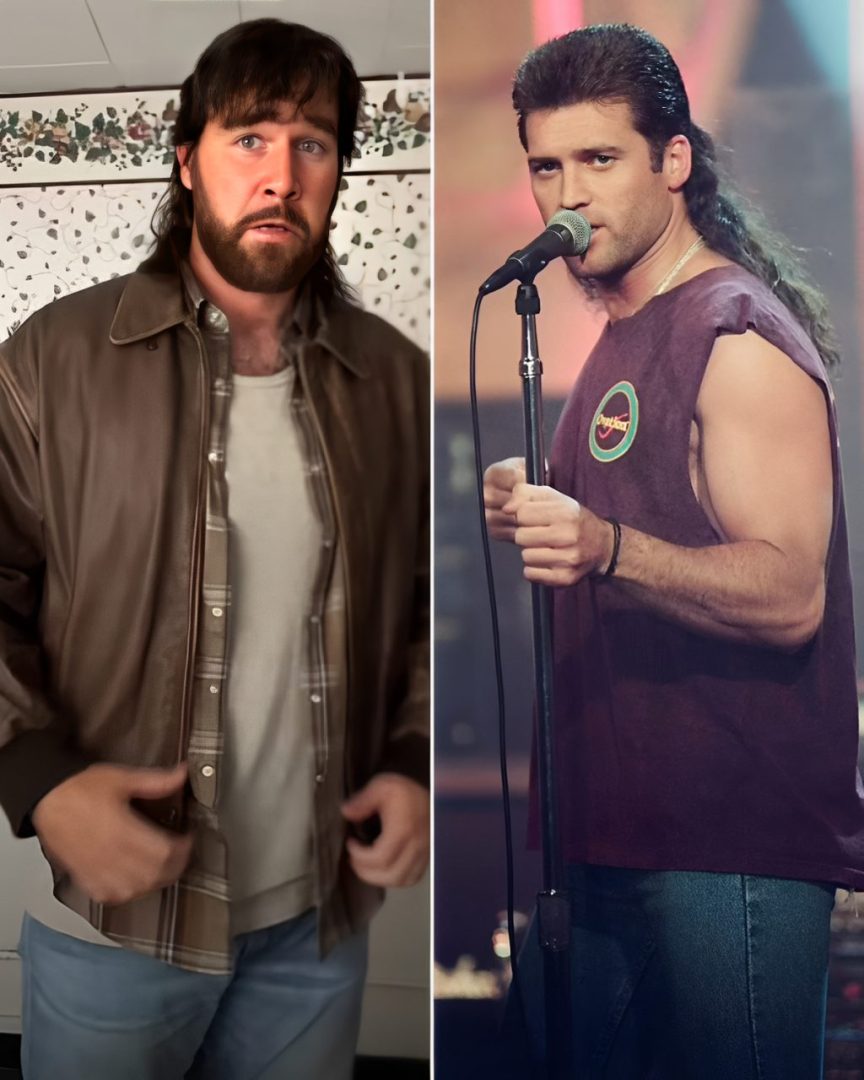As a pop culture juggernaut that shows no signs of slowing down, AMC’s The Walking Dead is the unusual zombie narrative that has managed to capture the attention of both horror and non-horror fans alike. With its sly humor, grotesque kills and nuanced characters, the show both reflects and reimagines the ways in which zombies can be used to create a distinct sense of dread. But unlike their living dead predecessors, the zombies of The Walking Dead are not mere monsters. Instead, the show offers a zombie construct that is both identifiable and malleable. While it would have been easy to cast the zombies as simple monsters, the show often challenges its audience to sympathize with the zombies. The end result is a much more complicated and socially aware narrative.
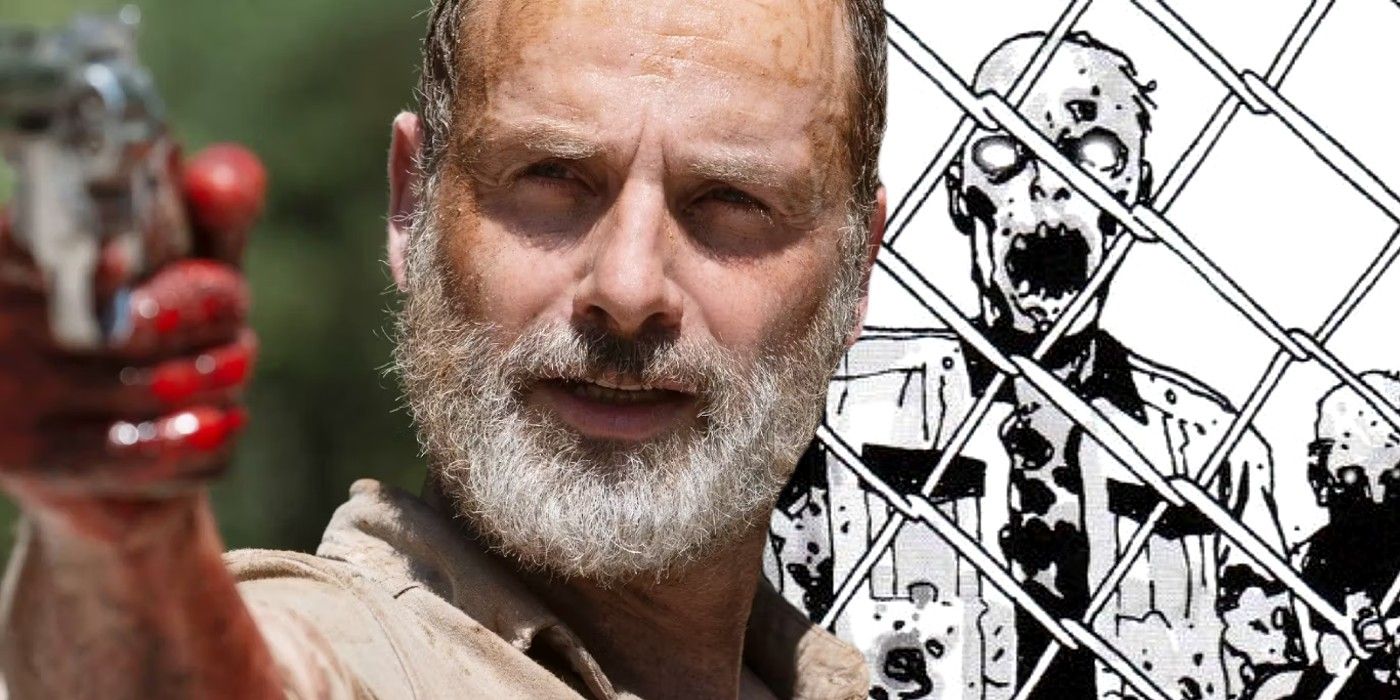
The notion of a sympathetic zombie seems at first contrary to the genre. After all, zombies are traditionally designed to be decaying shells whose threat revolves around their complete lack of intent. Steve Bruhm notes that zombies serve as a “barometer of the anxieties plaguing a certain culture at a particular moment in history.” Season one of The Walking Dead reflects this thinking in its utilization of zombies as the main source of the narrative’s horror. Where The Walking Dead succeeds in remaking the horror of the zombie is in its gradual personalization of it. The zombies occupy, intentionally, both an impersonal and a personal position within the narrative.
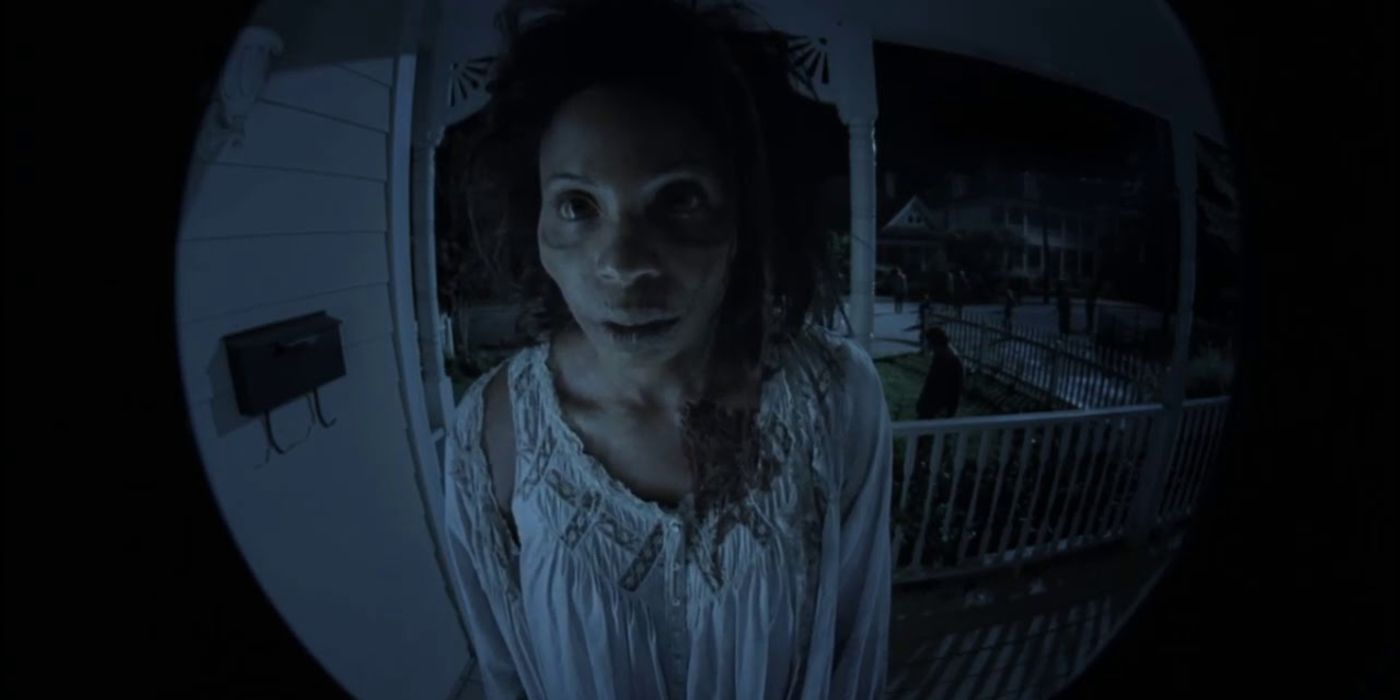
Without a doubt, the audience has ample opportunities to observe zombie spectacle portrayed traditionally. From scenes of the mindless zombie mobs overrunning the hospital to a horde of zombies eagerly consuming a horse carcass, much of the imagery of the first season is dedicated to portraying scenes that directly correlate to audience expectations. But interspersed with these scenes are ones in which the zombie is portrayed as deserving a modicum of sympathy. While season one plays with this idea subtly, the move toward sympathizing with the zombie becomes more pronounced in season two.
In season one, Rick is taken in by Morgan, a man who has turned his home into a fortress and who is unable to leave behind his now zombified wife. The scene in which Morgan recounts the loss of his wife is juxtaposed against scenes of her walking aimlessly around the neighborhood as she slowly decays. This moment highlights for the audience that it isn’t just the survivors who have lost something, but the zombies as well. In a telling moment at the conclusion of the first episode, Rick returns to see the very first zombie he encountered. It is clear from her mutilated body that she suffered before dying. This, combined with the fact that she poses no real threat, evokes compassion. It is a compassion that Rick acknowledges when, before killing her and putting her out of her misery, he tells her that he is sorry this happened to her. In that moment, the audience is given permission to feel something beyond simple revulsion for the zombies. That it comes on the heels of Rick having encountered a child zombie makes the moment even more profound.

Morgan’s wife

Child walker encountered by Rick

The walker Rick puts down to end her suffering
The suggestion that zombies deserve our sympathy is even more pronounced in season two. The survivors ultimately take up refuge on the farm of a Hershel, a devoutly religious man. Unbeknownst to them, Hershel keeps the zombified remains of family and friends locked in his barn in the hopes that a cure might soon be discovered. The group is outraged when they find out, and they insist upon the immediate extermination of the zombies—only to have their conviction that the only good zombie is a dead zombie challenged when one reveals herself to be the group’s missing child, Sophia. Suddenly, the zombie becomes personal for both the survivors who have spent time protecting Sophia and the audience who have invested time in identifying with her as a survivor. For both the audience as well as the survivors, the transference of emotion they felt for Sophia, the living child, is now directed at Sophia, the zombie.

Still, the ability of the audience to sympathize with the zombie in the above scenarios is largely contingent upon the zombie sharing a connection with a survivor. Season two shatters the need for this personal association between zombie and survivor in a pivotal scene in which the young Carl is shown tormenting a zombie who is mired in the swamp. Carl’s casual disregard for the zombie and his cruel abuse of it speaks not only to Carl’s loss of childhood innocence but also to how survival has trumped notions of good and bad behavior. In pelting the captured zombie with rocks for enjoyment, Carl breaches the trust established between viewer and survivor. The viewer no longer shares the same social boundaries as the survivor and so our sympathies are able to shift more readily to the injured party, in this case a zombie.

It has been said that season six will return its focus to the zombies as the ultimate threat to the survivors. My hope is that in returning to this trope the show will not regress in its treatment of the monsters that often seem just a bit less than monstrous. The show is at its best when it trusts its audience to accept complicated renderings—and its depiction of zombies as potentially sympathetic offers audiences a challenging new portrayal.
